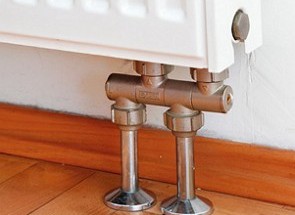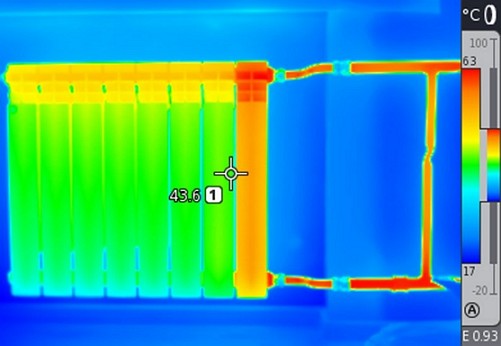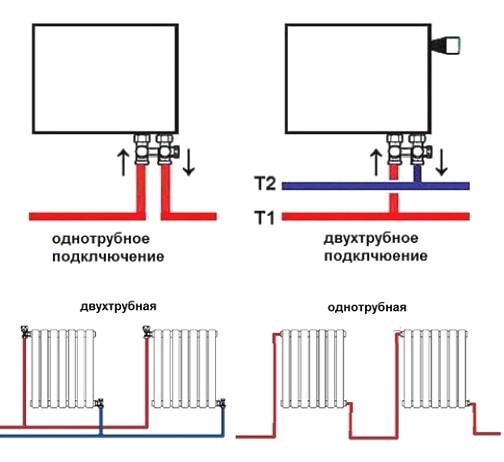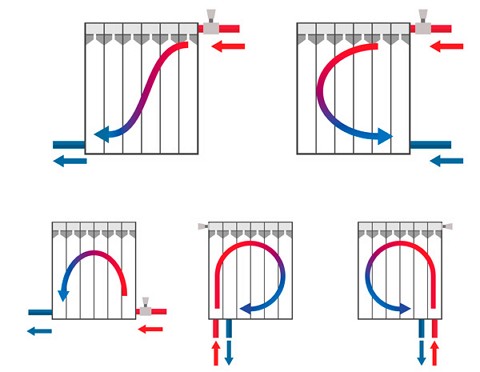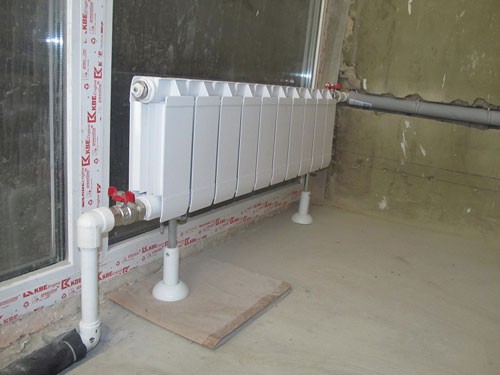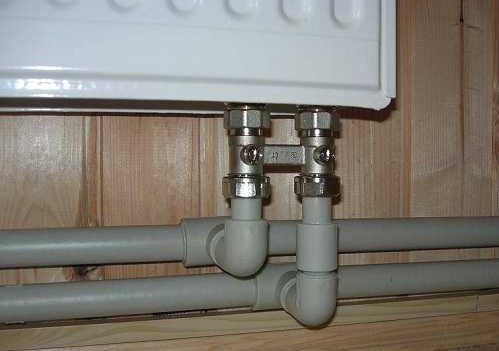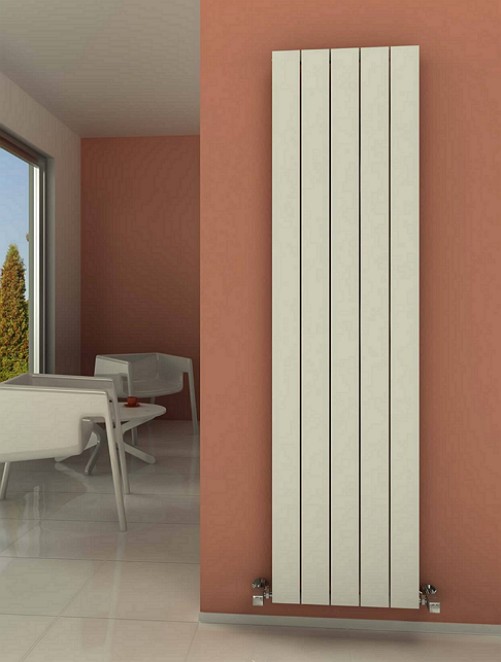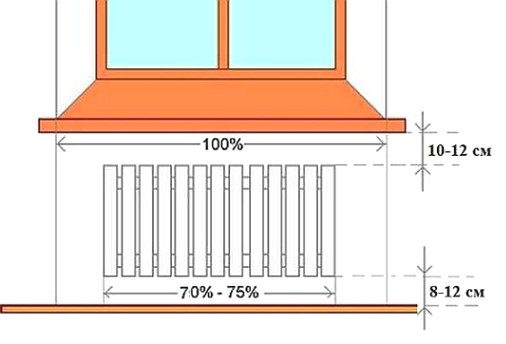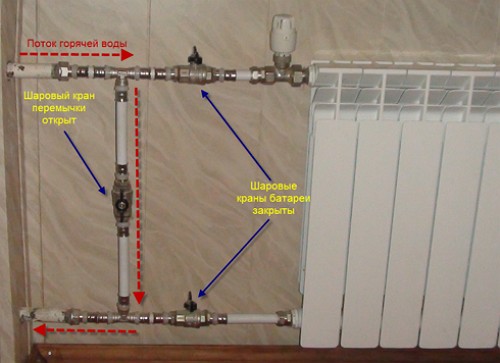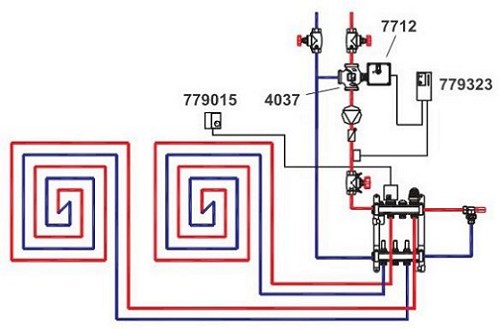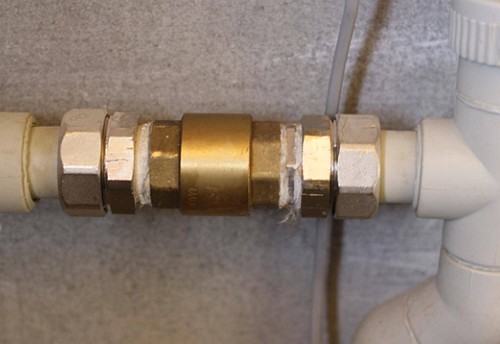If the heating appliances in the house or apartment "breathe in incense" and do not heat well, it's time to replace them or change the connection scheme. We do not argue, the installation of radiators of heating is under the force of qualified specialists, who have recently become a little cunning in their work. We will help you to get a basic knowledge of the diagrams for connecting radiator sections.
Content
Old radiators - I make a replacement
There is no doubt that a properly installed and connected heating radiator in an apartment or private house will provide a comfortable stay in the room.
However, the incorrectly chosen scheme for connecting radiators, inherited from the former owners of the house or apartment, is not capable of providing heat. Moreover, the amount of heat emitted by any radiator is directly dependent on the optimum connection. Let's tell, that it is necessary to distinguish kinds of heating systems and variants of a distribution.
Types of heating radiator systems
single-pipe and two-pipe distributions
In practice, it has been noted that single-pipe connection of heating radiators in series to the main line, in which the coolant is transferred from one radiator to another, is the most common variant of the system. Therefore, the consecutive connection of radiators of heating demand for the type of heating system, which can be seen in most private houses.
No less common type of heating system is the two-pipe connection of heating radiators with two pipelines - supply and return, each radiator is connected to both lines. Radiators of the heating system are connected in parallel and theoretically each input receives one temperature coolant. But for our heating systems, the distribution of the heat carrier and the return of thermal convection do not mean a strict and even separation.
Moreover, different models of heating radiators from different materials are used for apartments. We will show you how to make better connection of radiators and the possibility of its beneficial use.
connection schemes - bottom and side
Radiator systems for household use serve two typical connections: the scheme of the lower connection of radiators with two nozzles (input / output) and side, which is represented by four variants of connection schemes.
Let's say that the scheme of the bottom connection of heating is most inefficient, especially without the use of a circulating boost pump. Therefore, the introduction of additional equipment will be required.
By the way, what is the boost pump for water supply and heating shown in
vertical wall-mounted radiators
Wall mounted vertical heating radiators are distinguished by a high heat transfer coefficient, attractive design and a standard mounting and connection scheme. It is possible to use a diagonal or one-way circuit for connecting the coolant to the upper branch pipe. The area of radiator sections provides quick warm-up.
side connection schemes
The variant of lateral connection of heating radiators provides the possibility of connection to the supply and return of two branch pipes, expanding the way of installation of floor and wall radiators.
The scheme of diagonal connection of radiators of heating (a kind of lateral connection) consider the most demanded and economically justified and effective.
The diagram of the diagonal connection of an aluminum radiator is shown in the video.
Features of installation and installation of radiators
The initial stage of installation and installation of heating radiators is a reasonable choice. Traditionally, according to
SNiP and requirements for SNiP 3.05.01-85 "Internal Sanitary and Technical Systems" recommended the placement of radiator heating units under the windowsill, excluding installation in niches and in decorative boxes.
In addition, the following selection criteria must be taken into account:
- a typical battery design (freestanding floor and suspended wall)
- heat capacity and heat transfer of material of radiator sections (cast iron, aluminum, steel and copper)
- type of base for installed radiators (main wall or partition)
- type of heating (autonomous, central, upper or lower flow of coolant).
A set of criteria features allows you to properly assess the possibility of installing radiators and choose the scheme for connecting the heating of the warm floor and radiators in the apartment or house.
What equipment is used for connecting heating devices
Traditionally, when installing, connecting and operating heating batteries, standard equipment and appliances are used.
For example, a simple scheme for connecting aluminum radiator sections along the hot water movement line contains the basic elements:
- plugs G 1 "left / right and adapters G 1" and G ½ "left / right
- inlet valve and air bleed valve
- single nodes (bottom connection)
- ball valves for pipes and jumpers
- thermostatic valve and regulator.
For the connection of vertical heating radiators, a unified connection assumes the presence of a crane KRT / KRP / KRD.
Summarize
The installation of shut-off valves on heating radiators allows the circulation of the coolant to be blocked both in a single radiator and in the system in its entirety. The optimal connection scheme is able to provide thermal radiant energy up to 99%, and the control elements set the optimal mode of operation of the device and the intensity of heat transfer. Introduction in single-pipe bypass heating systems provides better and better heating, installation of ball valves in two-pipe systems - reliability and integrity of the radiators when disconnected in emergency situations.


